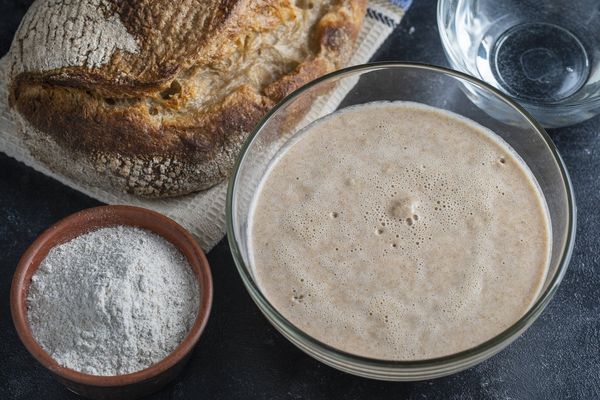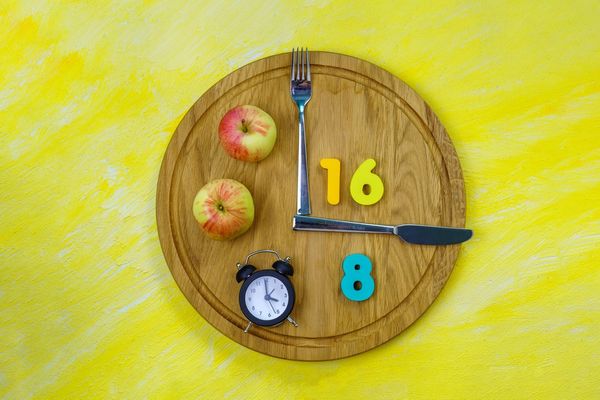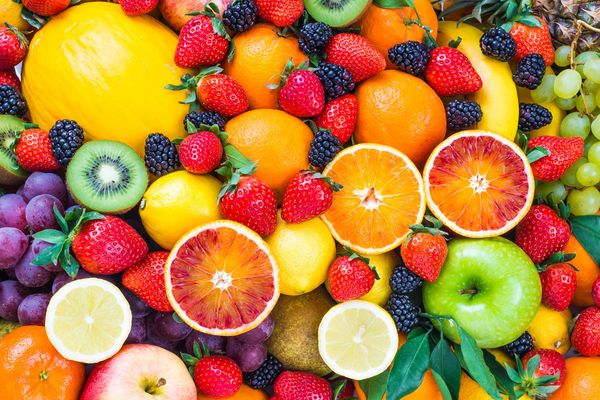I recently read a shocking report on sugar. Don't get me wrong: I love sweet things. Given a choice, I'd much rather have a slab of cake or pie than a chicken breast or bowl of chips.
What was really surprising was to learn just how many teaspoons of sugar the average American consumes each day.
If you guessed ten teaspoons, you're wrong.
Believe it or not, it's MORE.
The average American consumes a whopping 22 teaspoons of sugar a day, most of it coming from beverages and candy. That adds up to over 300 calories!
The American Heart Association is urging Americans to cut back on their sugar intake, for the sake of their hearts. After all, we're taking in more calories than we did 30 years ago, they say, one of the reasons we're fatter today. And since obesity and diabetes are risk factors for heart disease - and one culprit is sugar - well then, it's obvious that the sugar needs to go.
The new recommendations for sugar are to take in a LOT less than 22 teaspoons a day. It's more like six teaspoons - that's 100 calories. That's for us women. Men get to have a bit more, about nine teaspoons, which works out to be 150 calories a day worth of the stuff.
"Added" sugar not only refers to the sugar you add to your coffee or cereal bowl...it's the sugar that's added to foods and drinks even before you purchase them. (A 12-ounce can of regular cola contains about 8 teaspoons of sugar - just that one can is already above the recommended limit for women.)
Add to that the fact that it's just about impossible to know how much sugar you're actually getting, because manufacturers are not required to list the amount of sugar added to their products. Usually you'll see something that says, "Total Sugars" which lumps all the naturally-occurring sugars together with the added ones. Keep in mind that words like "high-fructose corn syrup," which has replaced those sugar crystals, is just another substitute for sugar.
You might be interested in this report from the New England Journal of Medicine on putting a tax on sugar: https://content.nejm.org/cgi/content/full/NEJMp0902392
And look here to see how sugar stacks up: https://www.sugarstacks.com/







